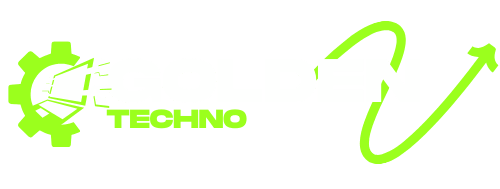Securing a mortgage can often feel like a complicated process, especially for self-employed individuals, business owners, or those with non-traditional income streams who find it challenging to provide the extensive documentation required by conventional lenders.
This is where no-doc mortgages, often an attractive alternative, come into play. These loans, which stand for “no documentation” or “low documentation,” streamline the application process by requiring less paperwork to verify income.
While simplifying the path to homeownership, this specialized financing option requires careful consideration of several key factors to ensure it is the right and responsible financial choice for your circumstances.
Understanding the Higher Costs
One of the most immediate and significant differences when considering no-doc mortgages is the cost. Because the lender takes on a greater risk—approving a loan without fully verifying the applicant’s income through tax returns and pay stubs—they often compensate by charging higher interest rates.
You can generally expect the Annual Percentage Rate (APR) to be noticeably greater than what a traditional, fully documented mortgage would offer.
Additionally, the upfront fees, including origination costs and potential points, can be more substantial. It is crucial to calculate the total cost of the loan over its life, not just the monthly payment, to understand the true financial premium of no-doc mortgages.
Examining Loan-to-Value (LTV) Ratios
Lenders who offer no-doc mortgages also manage risk by limiting the amount they are willing to lend relative to the home’s value, known as the Loan-to-Value (LTV) ratio. For conventional loans, an LTV of 80% or higher is common, often requiring just a 20% down payment.
With no-doc mortgages, lenders typically require a larger down payment, which translates to a lower maximum LTV. This means you must have more capital available in savings to cover the initial purchase price, as the lender will finance a smaller percentage of the home’s value.
Considering the Lender’s Risk Profile
The nature of these loans means that the lender’s criteria for approval may focus heavily on factors beyond income. When you cannot provide standard income verification, the lender will place more weight on your credit history, asset reserves, and the value of the property itself.
They need proof of a strong track record of debt repayment and significant liquid assets in the bank to demonstrate an ability to service the debt, even without traditional income statements. Your credit score must be excellent to qualify for competitive rates among no-doc mortgages.
Reviewing Document Alternatives
Despite the name, no-doc mortgages are rarely truly “no documentation.” Lenders still require some form of alternative evidence to gauge your financial health. These alternative options often fall into categories such as ‘stated income’ or ‘bank statement’ loans.
For a bank statement loan, the lender will review 12 to 24 months of personal or business bank statements to calculate your average monthly cash flow and determine an acceptable income figure.
You must be prepared to provide these detailed financial records, even if you are exempt from providing tax returns.
Comparing Stated vs. Bank Statement Options
When exploring no-doc mortgages, you will encounter different documentation thresholds. A “bank statement” loan is generally considered more conservative and carries less risk for both the borrower and the lender, as the income is directly verifiable through cash flow.
A “stated income” loan, where you state your income without providing third-party verification, is much riskier and often comes with the highest rates and lowest LTVs. It is essential to choose the option that best balances your need for a simplified process with your desire for a reasonable rate.

